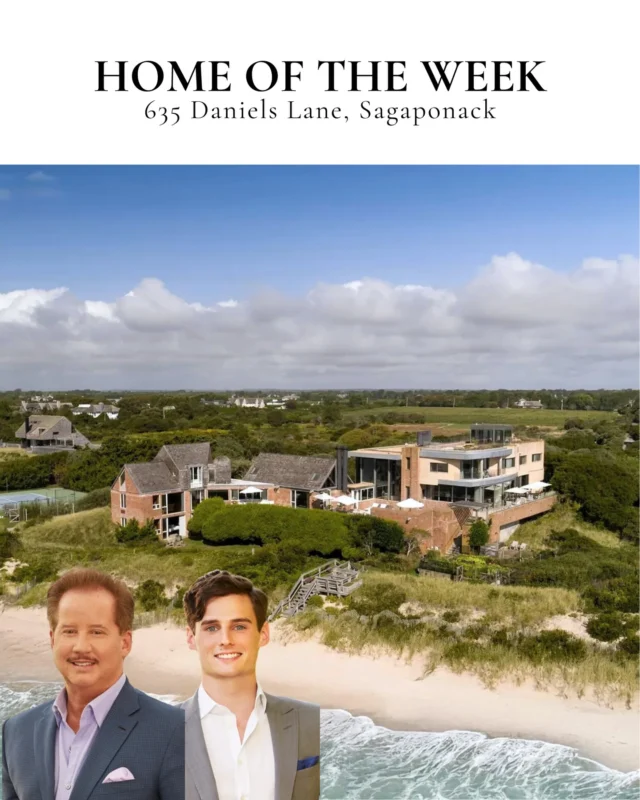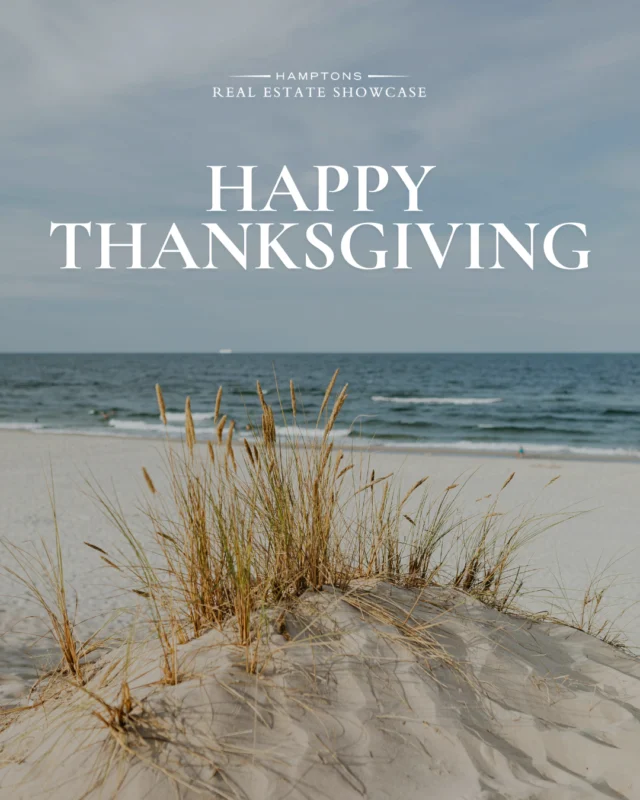
We East Enders, whether we are here year round or just for the summer, love our gardens. The rich blue flowers of hydrangeas are summer icons, their lovely blossoms echoing the sky above. And fall brings masses of Montauk daisies. What would we do without them? But the seashore can be a tough place for plants, as gardeners here know. Still, the East End has many lovely landscapes and spectacular gardens that thrive year after year. There are world class garden designers and landscape architects here, and reliable local nurseries with the knowledge to guide you to the perfect garden or landscape. Consult the experts before you begin.
In the meantime, here are some things to consider. Sand, salt and wind are the biggest challenges our plants face. There’s a lot of wind, and it carries with it abrasive sand and drying salt that buffet our plants. But many plants are native to this climate, and many others will thrive here if given the right location and care. If your site is exposed to strong winds, a windbreak installed between your garden and the direction of the strongest winds can make all the difference. A windbreak can protect less resilient plants behind it, and can also provide privacy for you. High hedges and plant screening that slow wind but allow it to pass through can be more effective than a solid wall or panel fence that could create damaging wind currents behind it.
Soil is another consideration. The soil is sandy in many gardens, especially near the beach. Sand is a tough growing medium for plants. It doesn’t hold water and dries out fast, and it’s low in nutrients. Of course some of us are blessed with some of the best soil in the entire country, notably Bridgehampton loam, where acres of potatoes and corn still grow. But many of us must deal with sandy soil. Unless you want to grow beach grass, the best remedy for very sandy soil is to add compost and other organic matter to improve its quality. Adding an inch of compost to your garden or flower beds every spring will let you grow a wide range of plants.
Be honest about the amount of sun and shade that are present in the places where you want to have gardens, especially flower gardens. Many flower garden favorites need full sun to really thrive, which means six or more hours of unobstructed sunlight a day. A couple of hours of sunlight filtered through trees is not enough to keep a rose garden blooming. If you have shady conditions, choose plants that will thrive there. Or consult an arborist about thinning or raising the tree canopy to let in more sunlight.
Deer are another issue. Their populations seem to be exploding, in part because they have no predators here, and also because as more woodlands and fields become building sites, the deer have less habitat and have moved into town. It’s nobody’s fault; the populations of both deer and people are growing, and we have to find ways to get along. To have the widest choice of plants, you need to exclude deer from your property, by fencing the entire perimeter (and the fence must be 8 to 10 feet high to keep them out), and allowing them no point of entry, including the driveway. It’s a challenge. Repellents work, too, but you have to apply them faithfully and change brands from time to time. Alternatively, you could focus your landscape on plants deer are not likely to eat, although that list seems to shrink yearly. We all know that deer love hostas and impatiens, but now they also munch on black-eyed Susans and astilbe and even Montauk daisies and thorny rugosa roses. Local professionals can advise you on the best bets for unfenced gardens.
Despite the challenges, it’s still possible, and not even difficult, to have a glorious garden full of color to enjoy. Don’t be deterred; be informed.







![Festive flavors, candlelit corners, and winter menus worth the splurge 🍷 This season’s dining scene brings elegant French favorites, seasonal seafood, and cozy classics to the East End table. Whether it’s brunch, dinner, or something in between, these spots are celebrating the holidays in style. [link in bio]](https://hamptonsrealestateshowcase.com/wp-content/uploads/sb-instagram-feed-images/589526657_18551254843030135_4235854489711269175_nfull.webp)



![Space reservations are closing soon for the Holiday / New Year Issue of Hamptons Real Estate Showcase 🎁 This double issue comes with expanded reach, now landing in South Florida as well. Start the new year with premium visibility among luxury homeowners from the Hamptons to Miami. [link in bio]](https://hamptonsrealestateshowcase.com/wp-content/uploads/sb-instagram-feed-images/588642217_18550541596030135_1974828802096238970_nfull.webp)
![Holiday hosting is all about the details 🕯️ This season’s tabletops mix nostalgic charm with fresh touches. Think layered textures, seasonal greens, and flickering candlelight. Whether it’s a quiet dinner or a festive feast, there’s beauty in every setting. [link in bio]](https://hamptonsrealestateshowcase.com/wp-content/uploads/sb-instagram-feed-images/587562593_18550195297030135_5307983913708101790_nfull.webp)
![There’s no shortage of thoughtful, design-forward gifts to discover across the East End this season 🎁 Whether you're shopping for a hostess, a homebody, or someone who simply loves beautiful things, we’ve rounded up a few local finds that are sure to surprise and delight. [link in bio]](https://hamptonsrealestateshowcase.com/wp-content/uploads/sb-instagram-feed-images/587623967_18550040371030135_5392968951052147490_nfull.webp)

